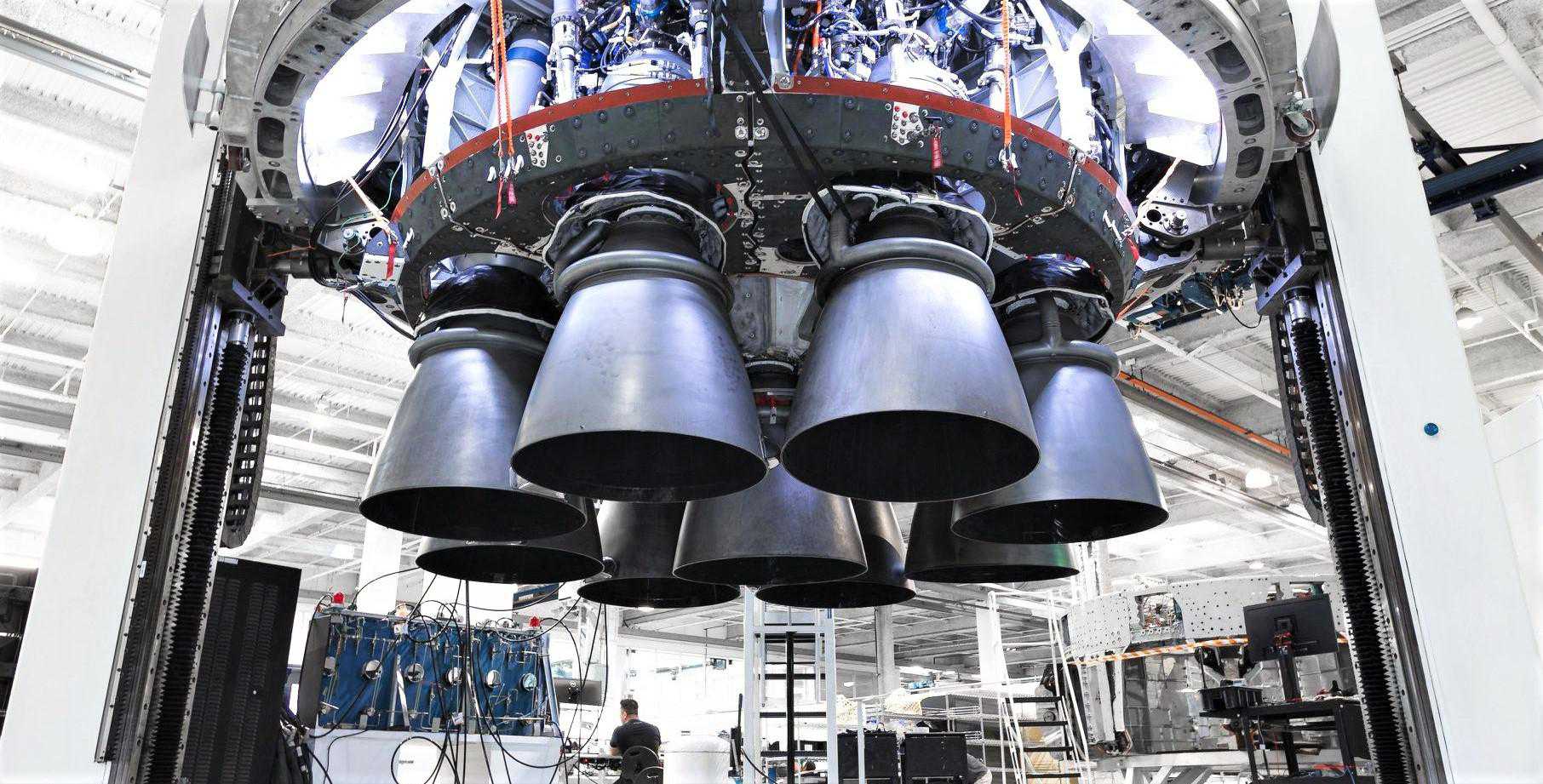
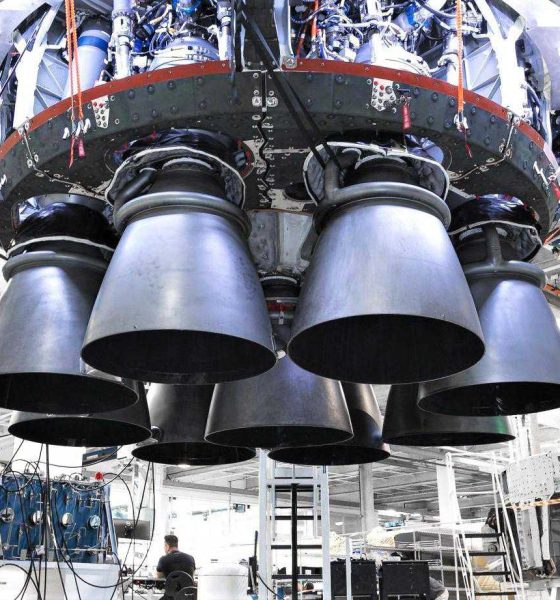
News
SpaceX Falcon 9 rocket shown off in unprecedented detail ahead of next US Air Force launch
The United States Air Force (USAF) has published a number of spectacular photos shared by SpaceX, revealing some unprecedentedly detailed views of a Falcon 9 rocket in various stages of manufacturing.
Likely taken in and around SpaceX’s massive Hawthorne, California rocket factory and headquarters and McGregor, Texas test facilities in recent weeks, these new photos show the work being done behind the scenes to prepare a brand new Falcon 9 rocket for SpaceX’s next US Air Force launch. Over the last few years, the extremely competitive Falcon 9 rocket has secured SpaceX up to five launch contracts for the USAF’s next-generation GPS III satellite constellation.
Made up of three explicit contracts and two contract options to be exercised (or discarded) later on, SpaceX completed the first of those contracts in December 2018, successfully launching GPS III SV01 – the first of 32 planned satellites. As evidenced by the name, GPS III is the latest iteration of US Global Positioning System satellites and should offer better security, a greater resistance to jamming and interference, and improved navigational accuracy. Unfortunately, it could be several years to half a decade or more before civilian users begin to see the benefits from GPS III, but chances are good that SpaceX will come to launch a vast majority of the upgraded satellites.
According to the post that accompanied the photos published by the Space and Missile Systems Center (SMC), SpaceX’s second USAF GPS III mission – this time carrying Space Vehicle 03 (SV03) – is scheduled to launch no earlier than (NET) the end of Q1 2020. Preparations are reportedly well underway for the critical launch: SMC says that SpaceX has already delivered the mission’s new Falcon 9 Block 5 booster from its Hawthorne factory to McGregor, Texas, where technicians are now preparing the reusable rocket for a routine static fire test before shipping it east to Florida.
Additionally, the GPS III SV03 mission’s Falcon 9 payload fairing is apparently already at SpaceX’s Cape Canaveral Air Force Station facilities, likely waiting for Air Force to ship the large satellite to Florida. If identical to SpaceX’s first GPS III launch, the GPS III SV03 spacecraft will weigh approximately 3800 kg (8400 lb) and will be launched to an elliptical orbit measuring some 1000 km by 20,200 km (620 mi x 12,500 mi).
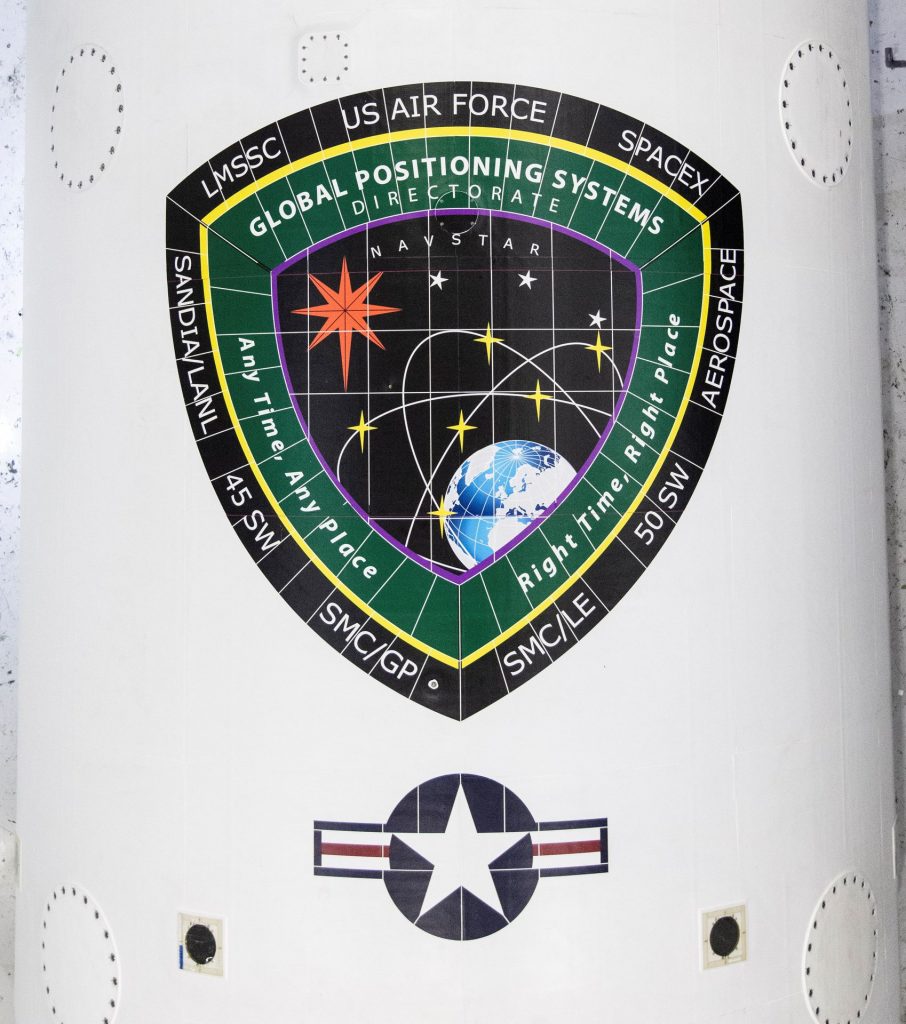
Astute observers will notice that both the GPS III satellite mass and the orbit it’s heading to are significantly lower than an array of prior missions that have launched heavier satellites much higher and still recovered the Falcon 9 booster along the way. SpaceX’s first GPS III launch was particularly exceptional because it marked the first and only time that a new Falcon 9 Block 5 rocket was intentionally expended without any attempt to land the booster.
In fact, Falcon 9 booster B1054 didn’t even have a semblance of landing legs or grid fins installed, a testament to the certainty of its premature demise. Thankfully, whatever the dubiously technical reasons that led to B1054’s demise, it appears that SpaceX may actually be allowed to recover the Falcon 9 booster (likely B1060 or B1061) assigned to launch GPS III SV03. Although nothing has actually been said along those lines, the Falcon 9 booster pictured in the middle photo below – implied to be the Air Force’s next GPS launch vehicle – clearly has some of the basic hardware needed for landing legs.
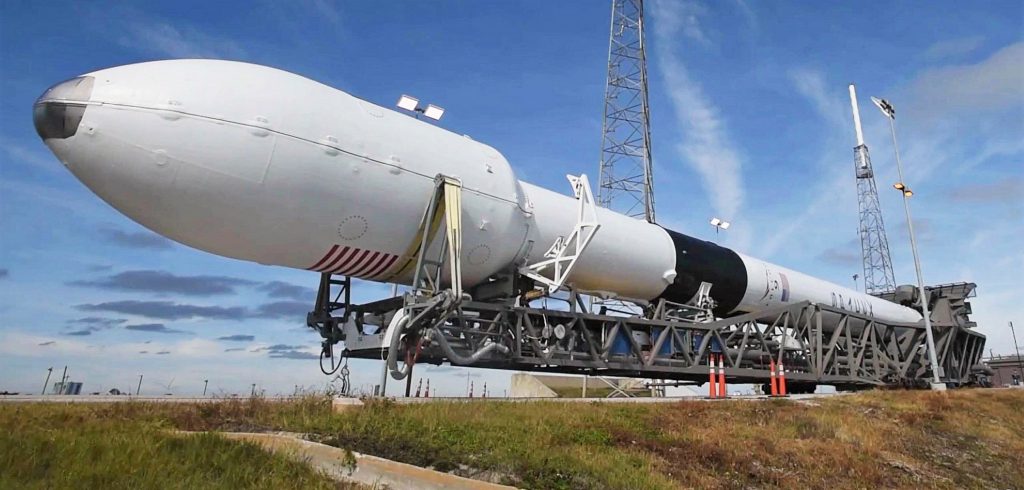
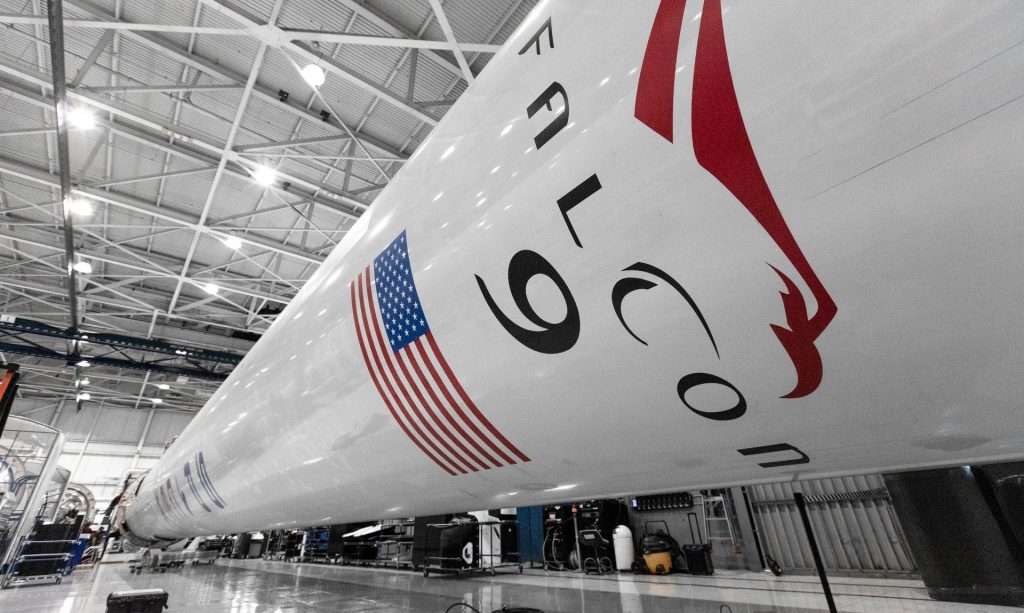
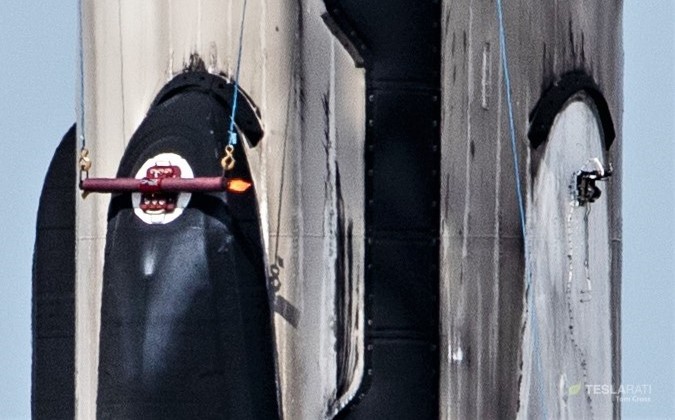
As such, there is at least a small excuse to preserve hope that SpaceX’s next Falcon 9 GPS III launch will feature a booster landing, thus preventing a premature and extremely wasteful demise after just a single launch. Even if the US Air Force never actually qualifies flight-proven commercial rockets to launch its payloads, the recovered booster should be able to support anywhere from several to 90+ additional launches before SpaceX actually needs to retire or expend the booster.
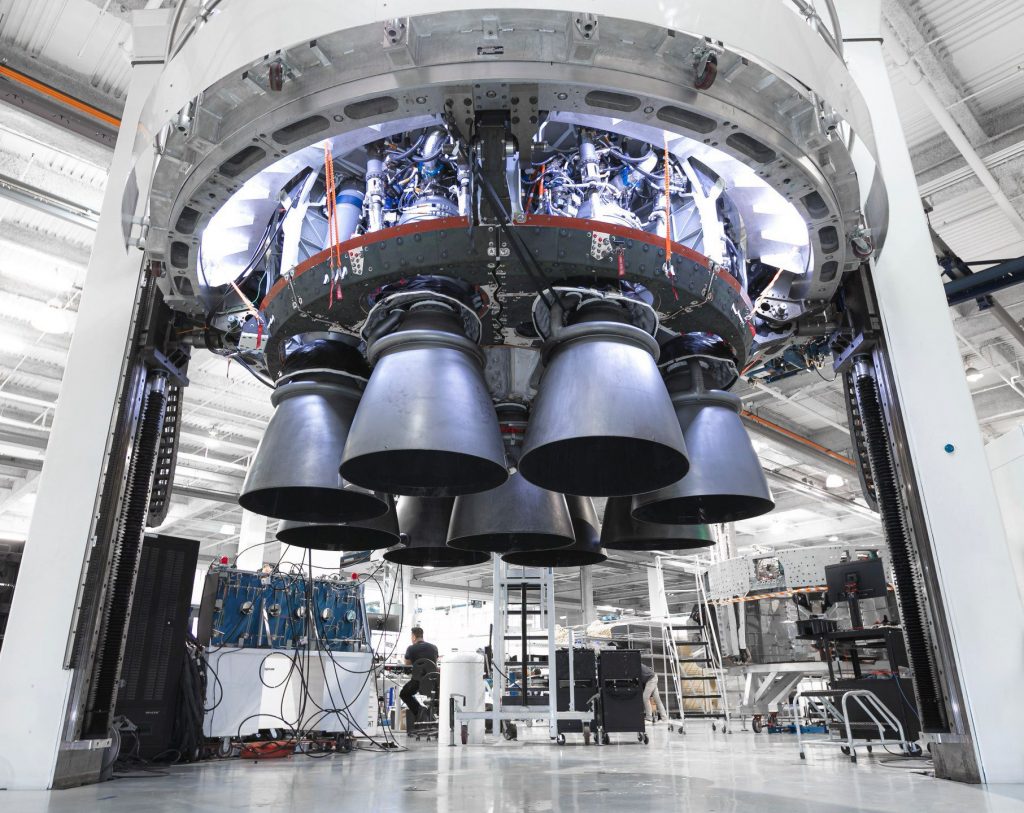
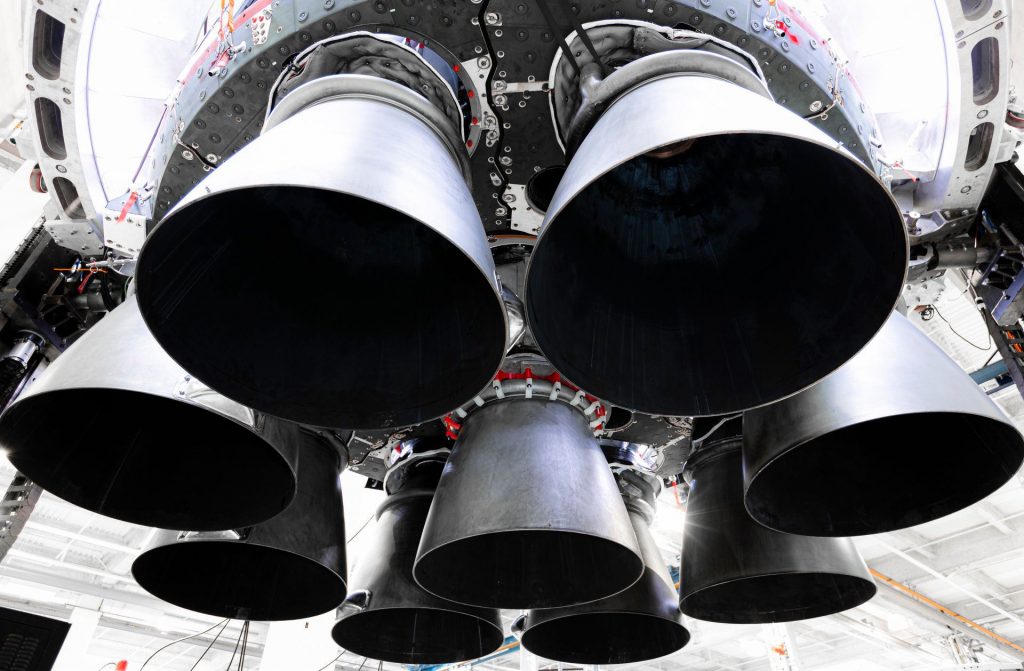
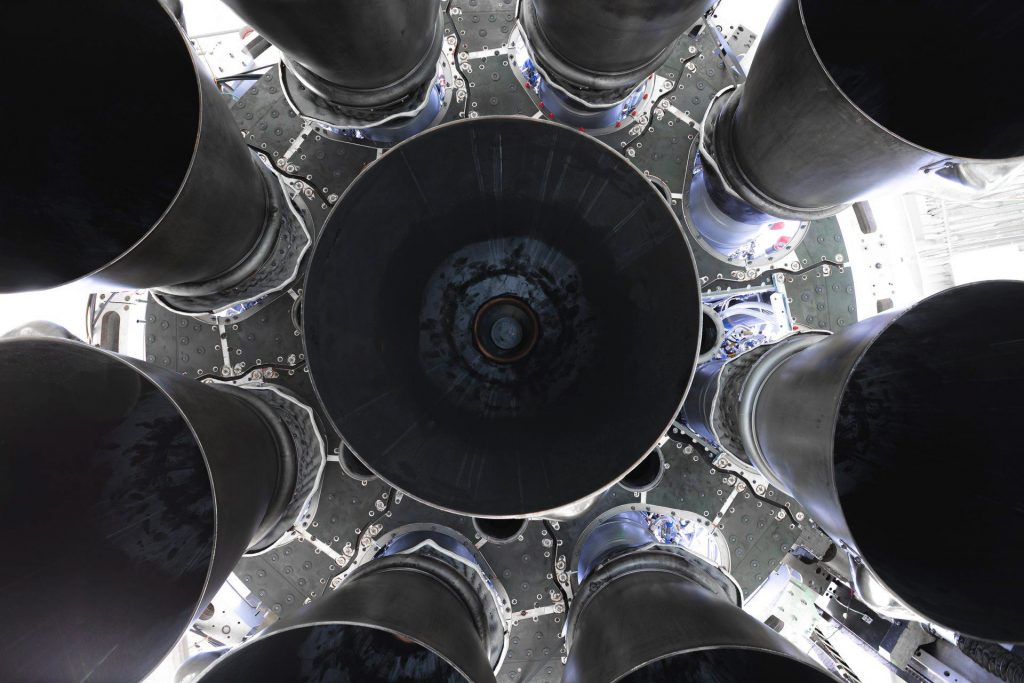
Check out Teslarati’s Marketplace! We offer Tesla accessories, including for the Tesla Cybertruck and Tesla Model 3.

Investor's Corner
Tesla releases Q4 and FY 2025 vehicle delivery and production report
Deliveries stood at 406,585 Model 3/Y and 11,642 other models, for a total of 418,227 vehicles.
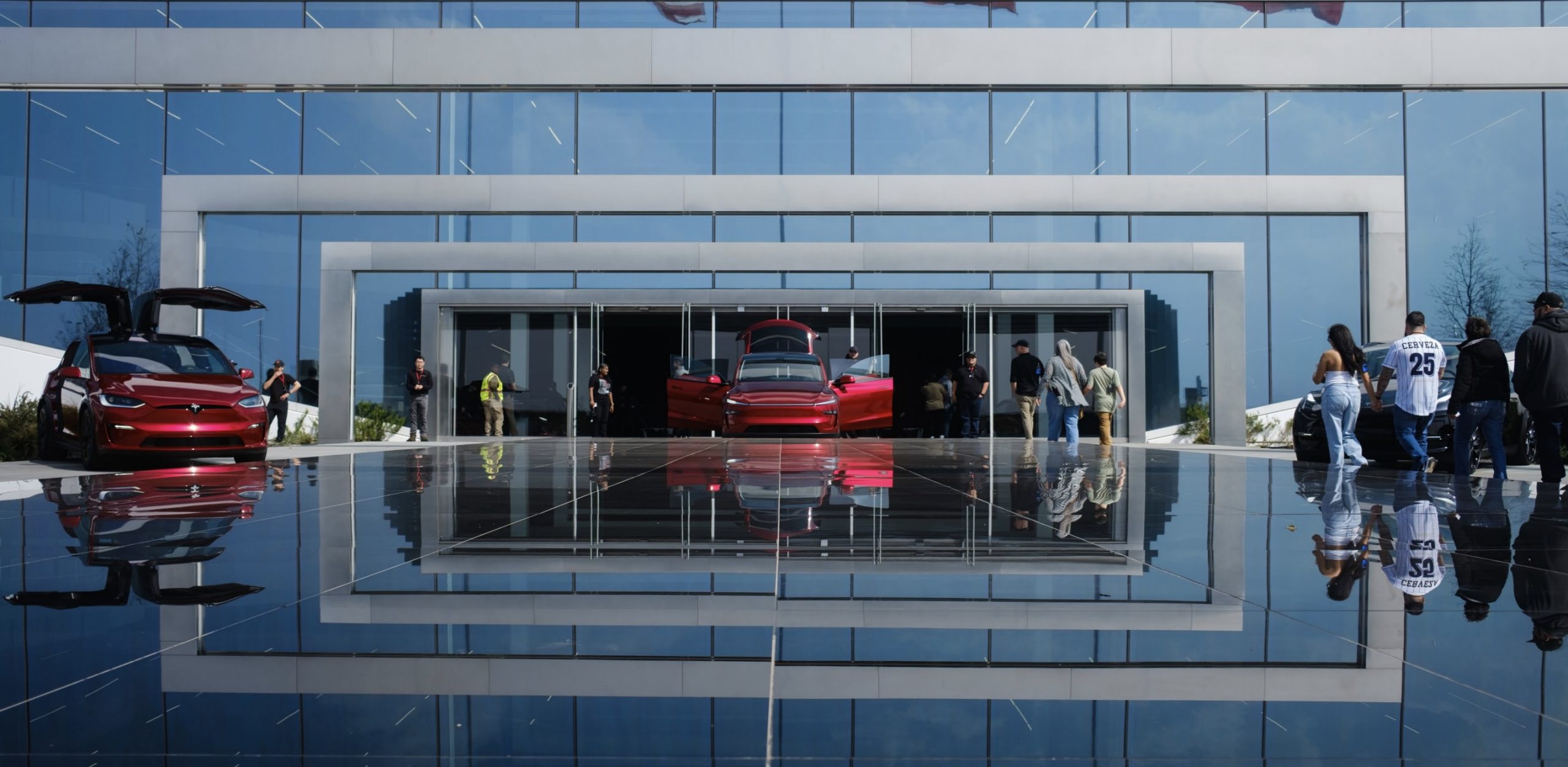
Tesla (NASDAQ:TSLA) has reported its Q4 2025 production and deliveries, with 418,227 vehicles delivered and 434,358 produced worldwide. Energy storage deployments hit a quarterly record at 14.2 GWh.
Tesla’s Q4 and FY 2025 results were posted on Friday, January 2, 2026.
Q4 2025 production and deliveries
In Q4 2025, Tesla produced 422,652 Model 3/Y units and 11,706 other models, which are comprised of the Model S, Model X, and the Cybertruck, for a total of 434,358 vehicles. Deliveries stood at 406,585 Model 3/Y and 11,642 other models, for a total of 418,227 vehicles.
Energy deployments reached 14.2 GWh, a new record. Similar to other reports, Tesla posted a company thanked customers, employees, suppliers, shareholders, and supporters for its fourth quarter results.
In comparison, analysts included in Tesla’s company-compiled consensus estimate that Tesla would deliver 422,850 vehicles and deploy 13.4 GWh of battery storage systems in Q4 2025.
Tesla’s Full Year 2025 results
For the full year, Tesla produced a total of 1,654,667 vehicles, comprised of 1,600,767 Model Y/3 and 53,900 other models. Tesla also delivered 1,636,129 vehicles in FY 2025, comprised of 1,585,279 Model Y/3 and 50,850 other models. Energy deployments totaled 46.7 GWh over the year.
In comparison, analysts included in Tesla’s company-compiled consensus expected the company to deliver a total of 1,640,752 vehicles for full year 2025. Analysts also expected Tesla’s energy division to deploy a total of 45.9 GWh during the year.
Tesla will post its financial results for the fourth quarter of 2025 after market close on Wednesday, January 28, 2026. The company’s Q4 and FY 2025 earnings call is expected to be held on the same day at 4:30 p.m. Central Time.
Elon Musk
Starlink achieves major milestones in 2025 progress report
Starlink wrapped up 2025 with impressive growth, adding more than 4.6 million new active customers and expanding service to 35 additional countries, territories, and markets.

Starlink wrapped up 2025 with impressive growth, adding more than 4.6 million new active customers and expanding service to 35 additional countries, territories, and markets. The company also completed deployment of its first-generation Direct to Cell constellation, launching over 650 satellites in just 18 months to enable cellular connectivity.
SpaceX highlighted Starlink’s impressive 2025 progress in an extensive report.
Key achievements from Starlink’s 2025 Progress
Starlink connected over 4.6 million new customers with high-speed internet while bringing service to 35 more regions worldwide in 2025. Starlink is now connecting 9.2 million people worldwide. The service achieved this just weeks after hitting its 8 million customer milestone.
Starlink is now available in 155 markets, including areas that are unreachable by traditional ISPs. As per SpaceX, Starlink has also provided over 21 million airline passengers and 20 million cruise passengers with reliable high-speed internet connectivity during their travels.
Starlink Direct to Cell
Starlink’s Direct to Cell constellation, more than 650 satellites strong, has already connected over 12 million people at least once, marking a breakthrough in global mobile coverage.
Starlink Direct to Cell is currently rolled out to 22 countries and 6 continents, with over 6 million monthly customers. Starlink Direct to Cell also has 27 MNO partners to date.
“This year, SpaceX completed deployment of the first generation of the Starlink Direct to Cell constellation, with more than 650 satellites launched to low-Earth orbit in just 18 months. Starlink Direct to Cell has connected more than 12 million people, and counting, at least once, providing life-saving connectivity when people need it most,” SpaceX wrote.
News
Tesla Giga Nevada celebrates production of 6 millionth drive unit
To celebrate the milestone, the Giga Nevada team gathered for a celebratory group photo.

Tesla’s Giga Nevada has reached an impressive milestone, producing its 6 millionth drive unit as 2925 came to a close.
To celebrate the milestone, the Giga Nevada team gathered for a celebratory group photo.
6 million drive units
The achievement was shared by the official Tesla Manufacturing account on social media platform X. “Congratulations to the Giga Nevada team for producing their 6 millionth Drive Unit!” Tesla wrote.
The photo showed numerous factory workers assembled on the production floor, proudly holding golden balloons that spelled out “6000000″ in front of drive unit assembly stations. Elon Musk gave credit to the Giga Nevada team, writing, “Congrats on 6M drive units!” in a post on X.
Giga Nevada’s essential role
Giga Nevada produces drive units, battery packs, and energy products. The facility has been a cornerstone of Tesla’s scaling since opening, and it was the crucial facility that ultimately enabled Tesla to ramp the Model 3 and Model Y. Even today, it serves as Tesla’s core hub for battery and drivetrain components for vehicles that are produced in the United States.
Giga Nevada is expected to support Tesla’s ambitious 2026 targets, including the launch of vehicles like the Tesla Semi and the Cybercab. Tesla will have a very busy 2026, and based on Giga Nevada’s activities so far, it appears that the facility will be equally busy as well.








